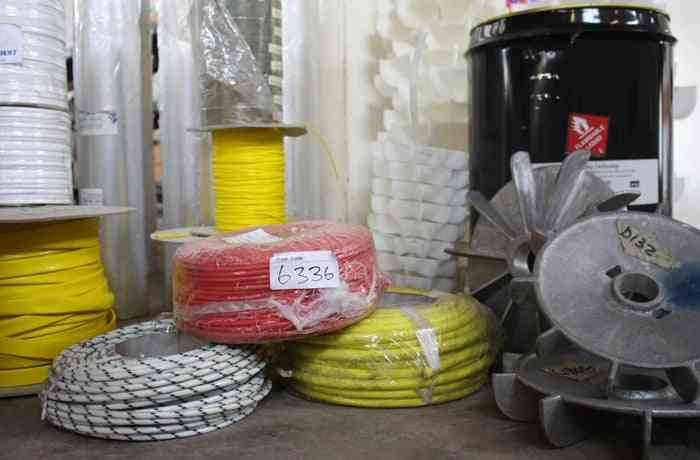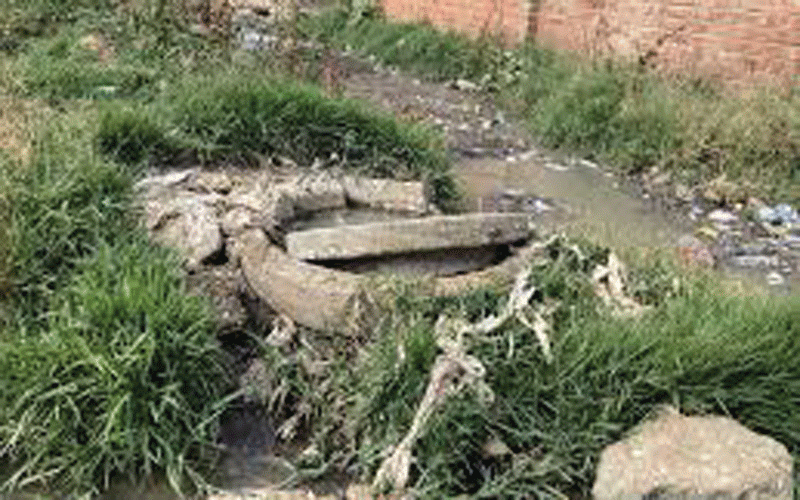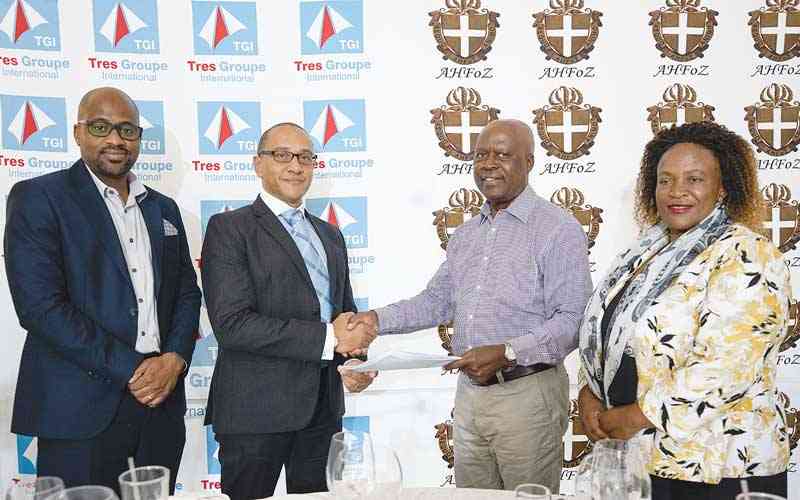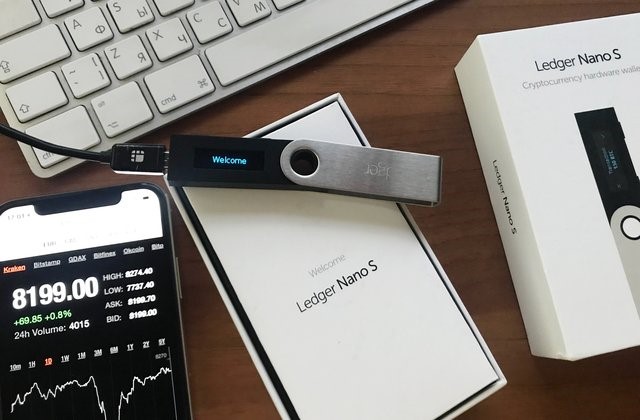
CABLE manufacturer, Cafca Limited (Cafca) says the introduction of Statutory Instrument (SI) 157 of 2024, which opened the electrical cable market to imports, has increased competition, eroded margins and suppressed volume growth.
According to SI 157 of 2024 issued on September 20, 2024, several products were added to the Open General Import Licence (OGIL) schedule, including cables.
OGIL is a blanket authorisation that allows for the import of most goods without the need for specific import licences or permits.
In its trading update for the third quarter ended June 30, 2025, Cafca said by adding cables to the OGIL schedule, this increased competition for the firm eroding margins.
“Government efforts to curb smuggling and the importation of substandard products — through the Local Content Steering Committee — positively influenced the market.
“This collaboration between industry and government is a welcome development, and Cafca remains committed to supporting industrialisation through sustainable frameworks,” Cafca said.
“However, the introduction of SI 157 of 2024, which opened the electrical cable market to imports, led to increased competition, eroding margins and volume growth.
“Cafca continues to engage authorities to ensure fair competition that preserves industry capacity and commercial viability.”
- State Universities Act amended
- MMCZ moves to tackle chrome price crisis
- Neo-liberalism, debt management
- Bank charges eroding public confidence
Keep Reading
The cable manufacturer said its revenue performance followed volume performance, with year-to-date revenue being 5% lower than prior year.
“Margins were affected by increases in average material costs for copper which were 15% up and aluminium 28% up on a year-to-date basis. Due to heightened competition, increased material costs were absorbed into margins,” Cafca said.
“Other operating costs remained largely unchanged. Management is focused on expanding EBITDA [earnings before interest, taxes, depreciation and amortisation] margins through supply chain optimisation, conversion cost efficiency and administrative modernisation.”
Year-to-date volumes were 16% behind prior year with copper cables 6% down and aluminium conductors and cables 37% down against prior year.
Cafca said liquidity constraints affected the utility sector’s uptake, which declined by 49% during the quarter under review compared to prior year.
“Cafca is actively engaging the related stakeholders to improve terms and conditions that facilitate increased uptake. Commercial activity during this quarter was buoyed by the construction sector, which was 19% up and the manufacturing sector which was 11% up compared to the same period last year,” Cafca said.
“However, mining sector volumes declined by 62%, impacted by a slowdown in commodity prices. Retail and distribution volumes for the quarter rose by 23% year-on-year, reflecting successful engagement with distributors and end consumers. Cafca also enhanced customer experience by upgrading the factory shop’s sales reception.”
Meanwhile, export volumes remained flat due to persistent liquidity challenges in key markets affecting payment remittances.
Cafca is expected to continue exploring partnerships with utilities and export markets to optimise factory utilisation thereby increasing production and volumes.
“While Cafca anticipates a rebound in sales volumes, margin pressure will persist as the company defends its market share,” the firm said.
“Going forward, the priorities include strengthening engagement with utilities, mines, distributors, and contractors, enhancing internal efficiencies to improve margins, pursuing manufacturing excellence and safety as well as increased communications to reinforce brand strength.”










